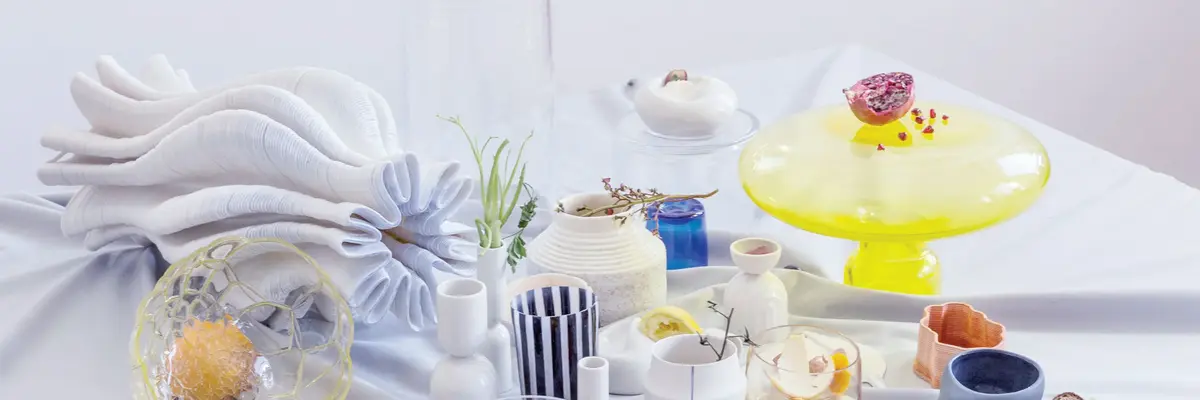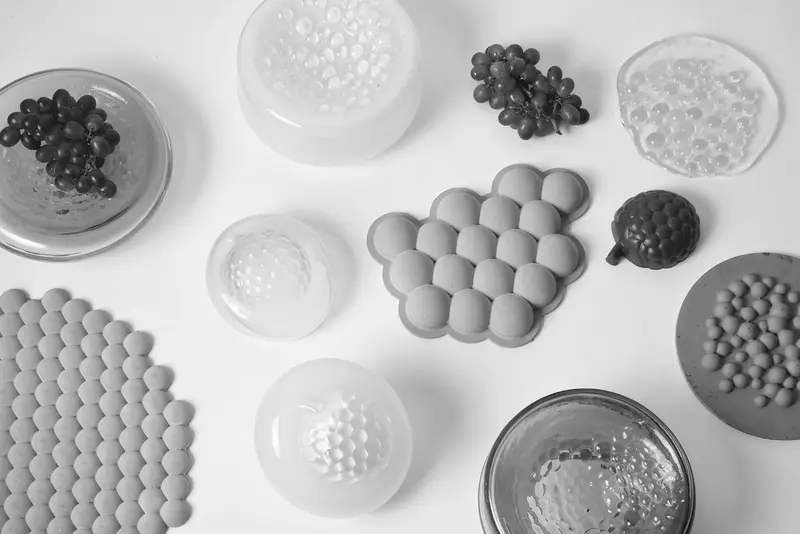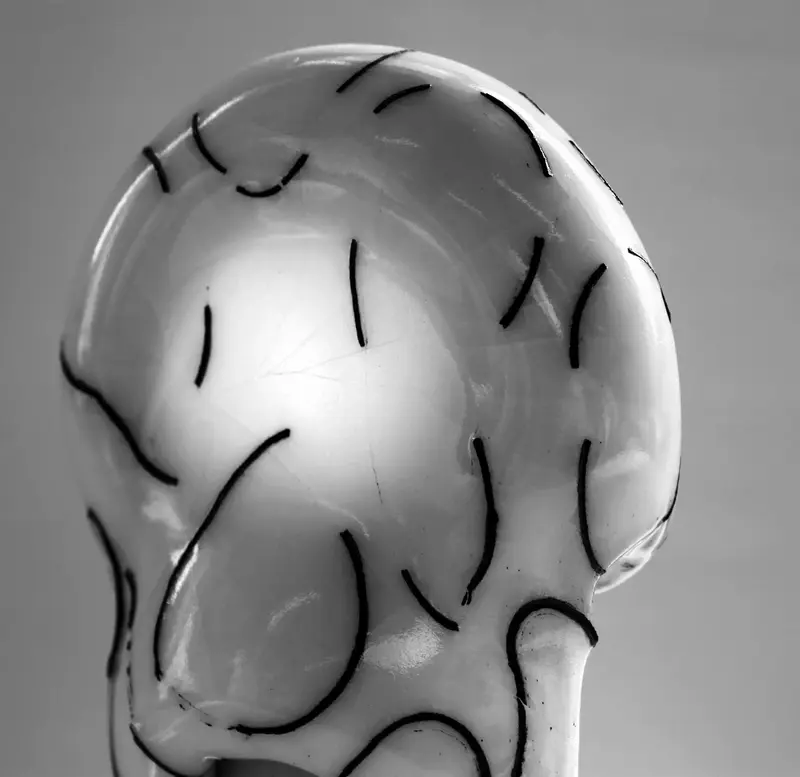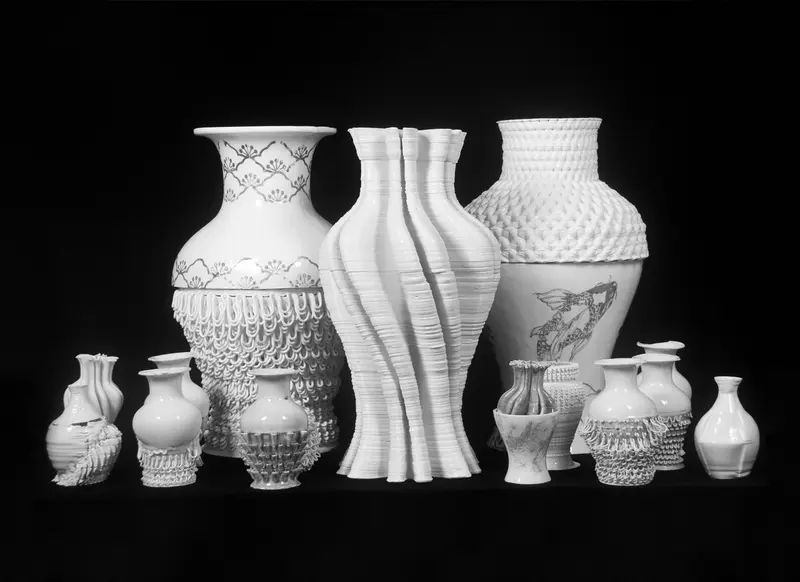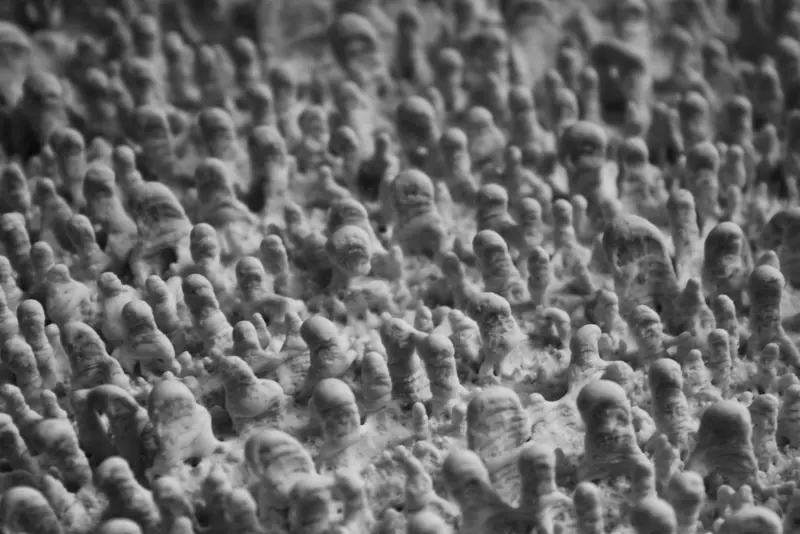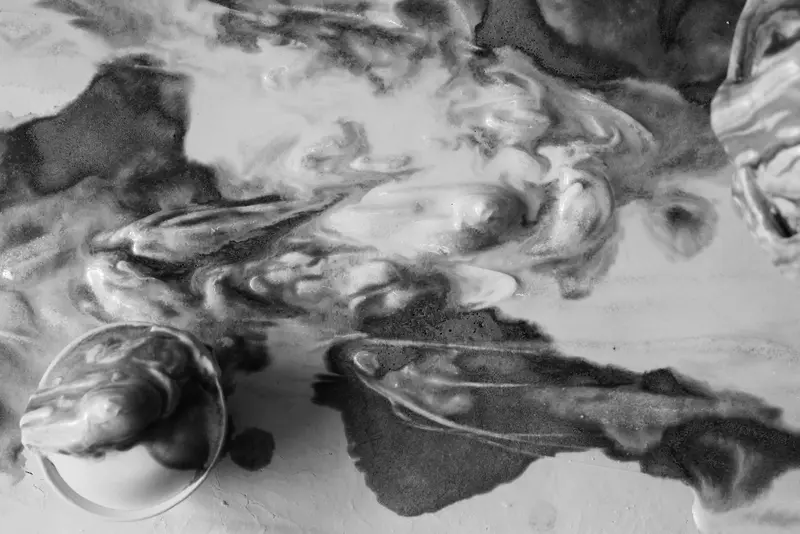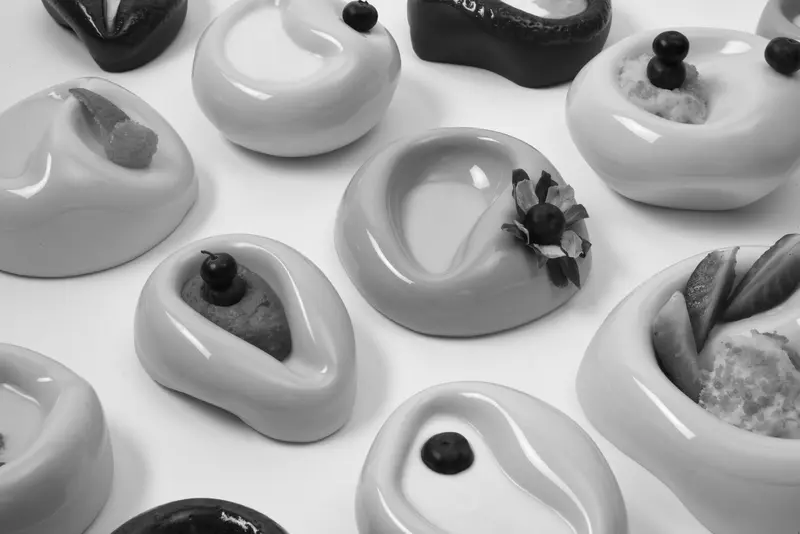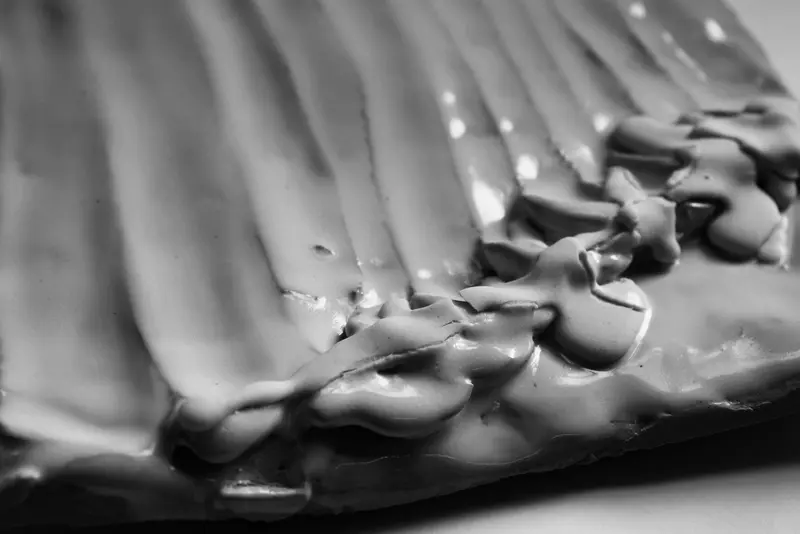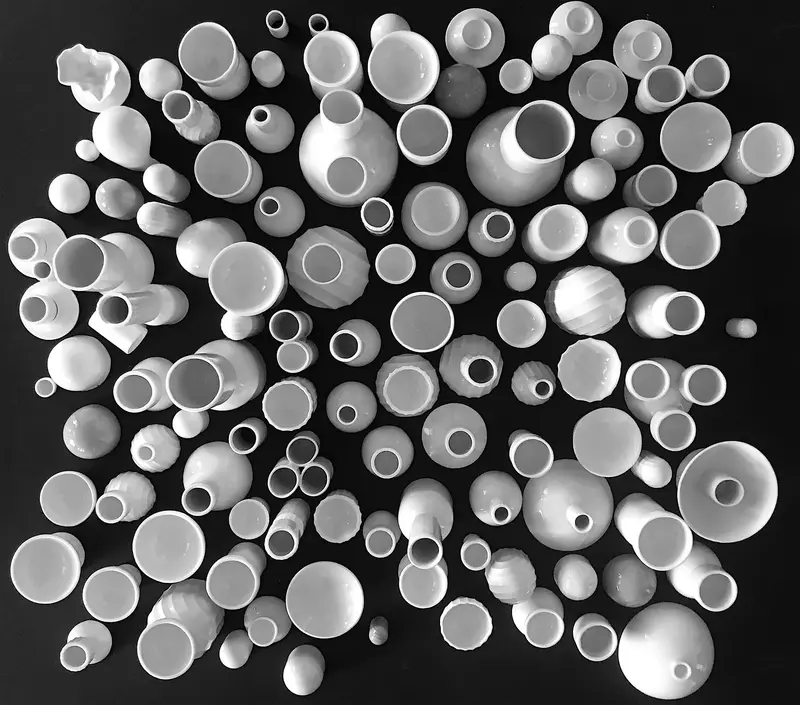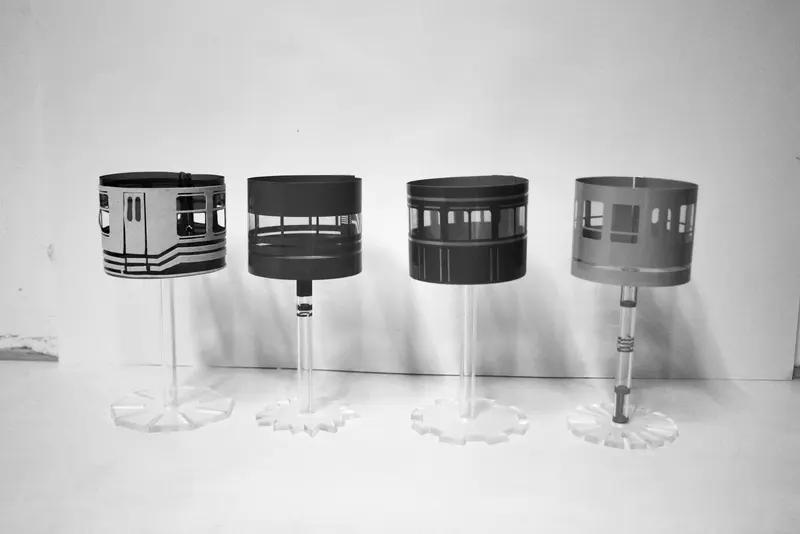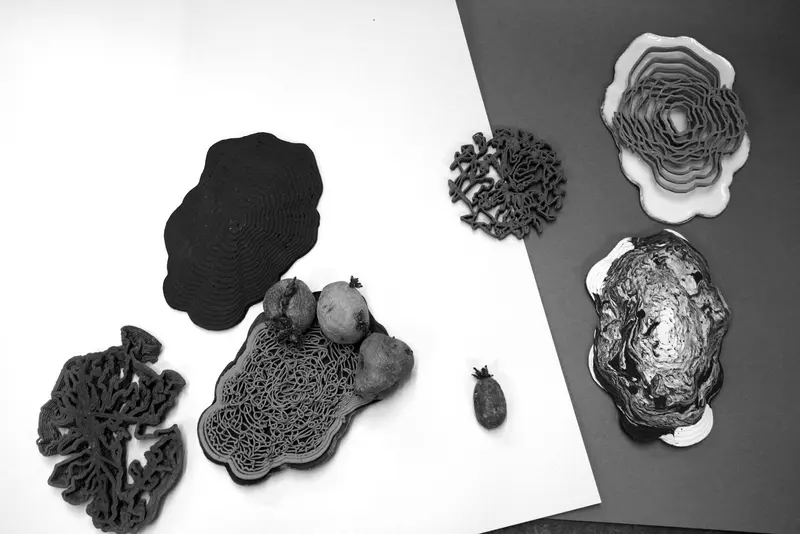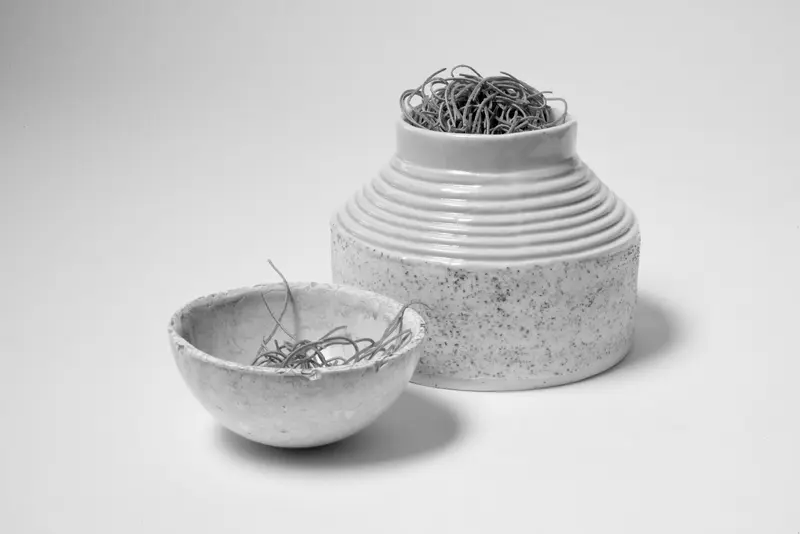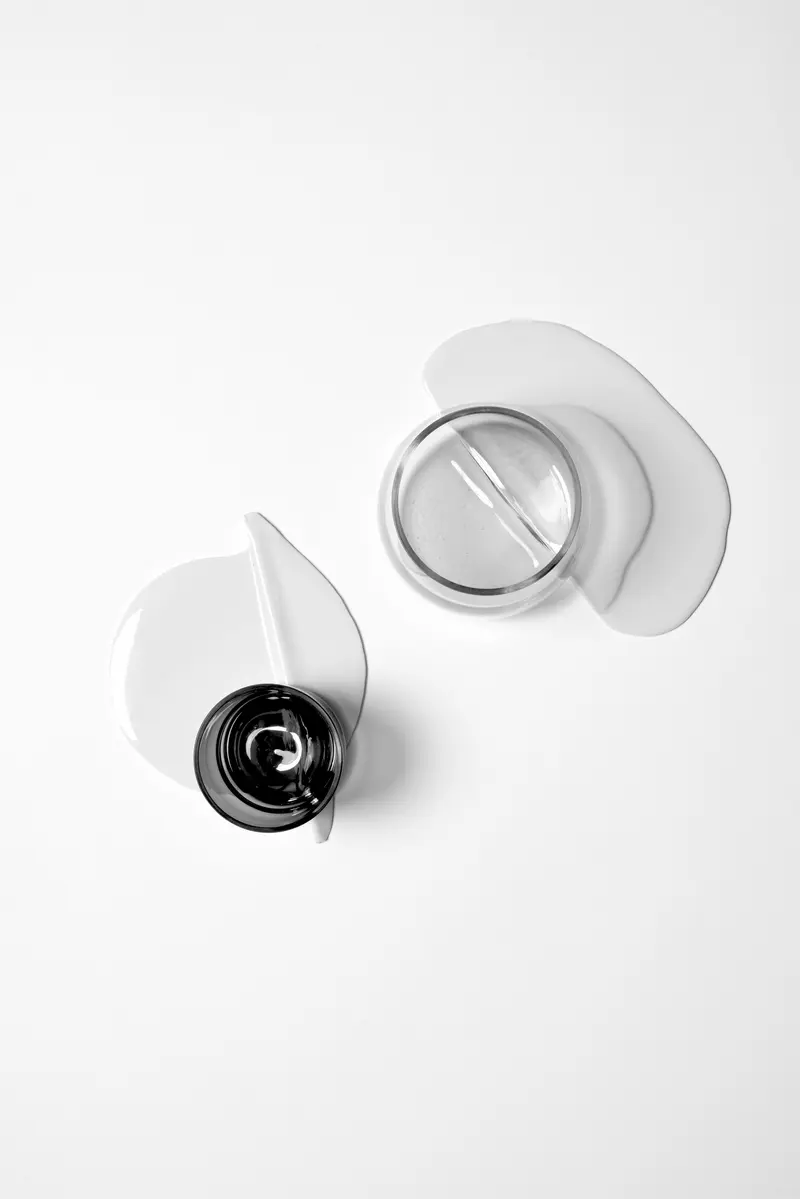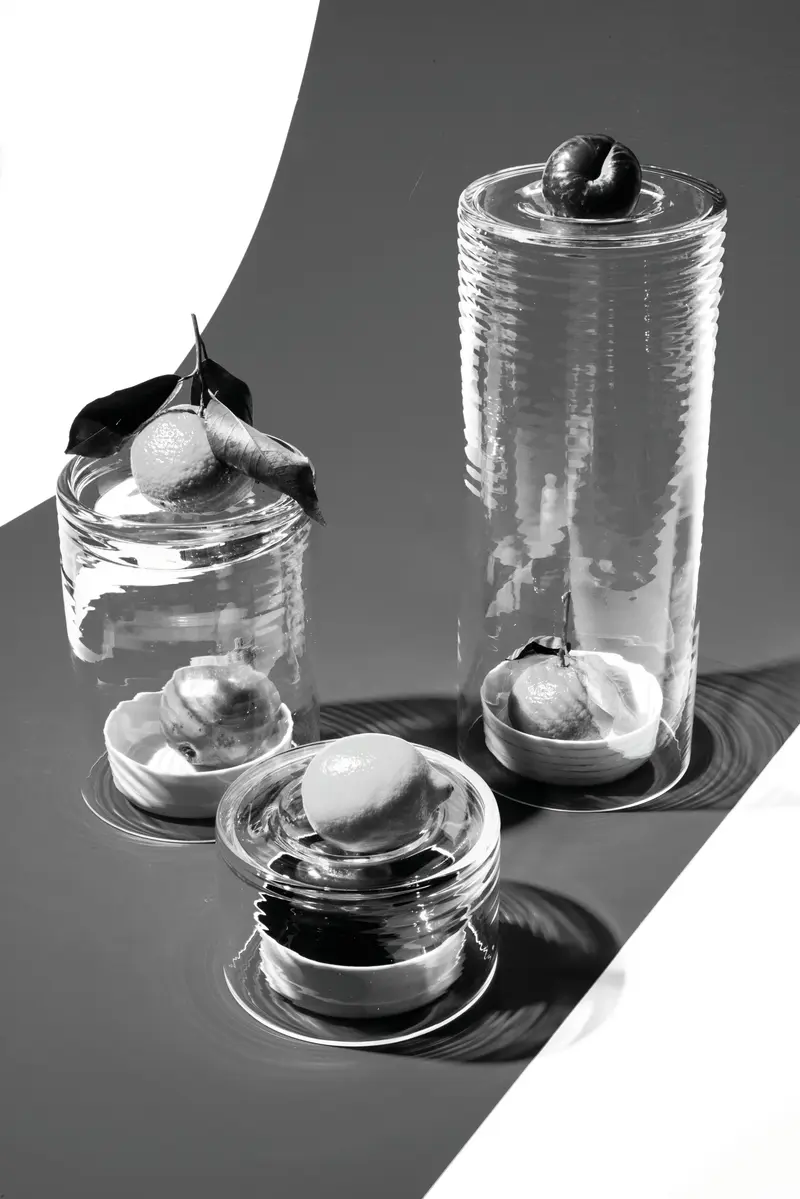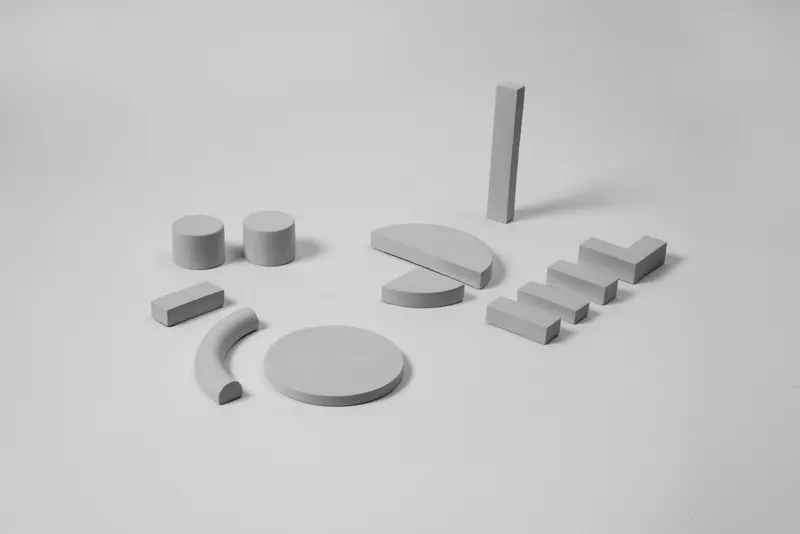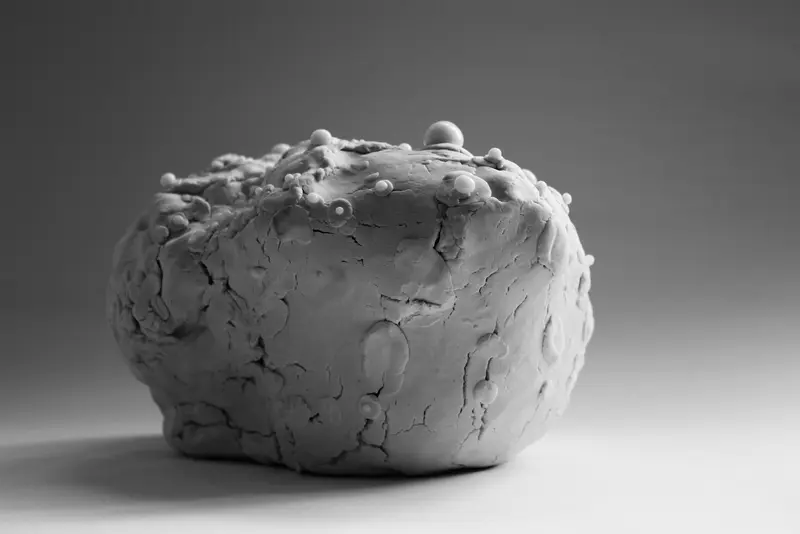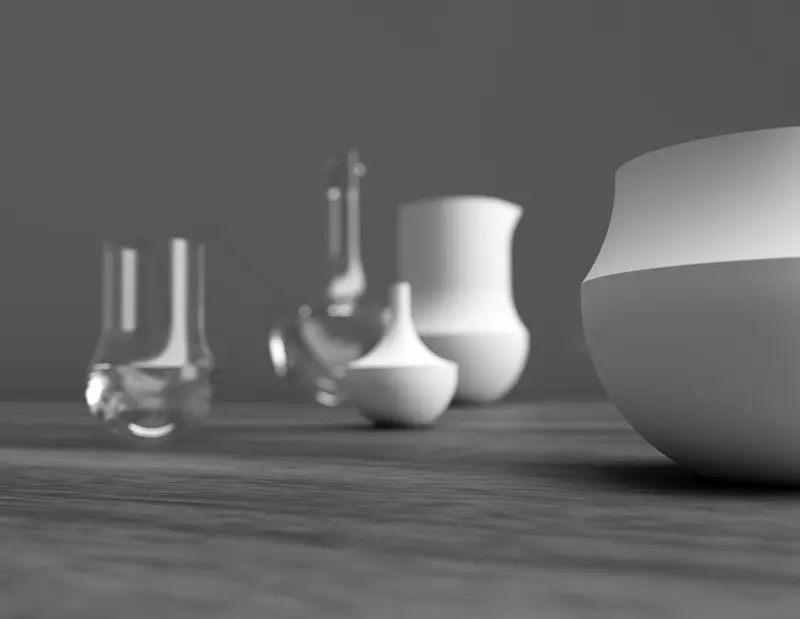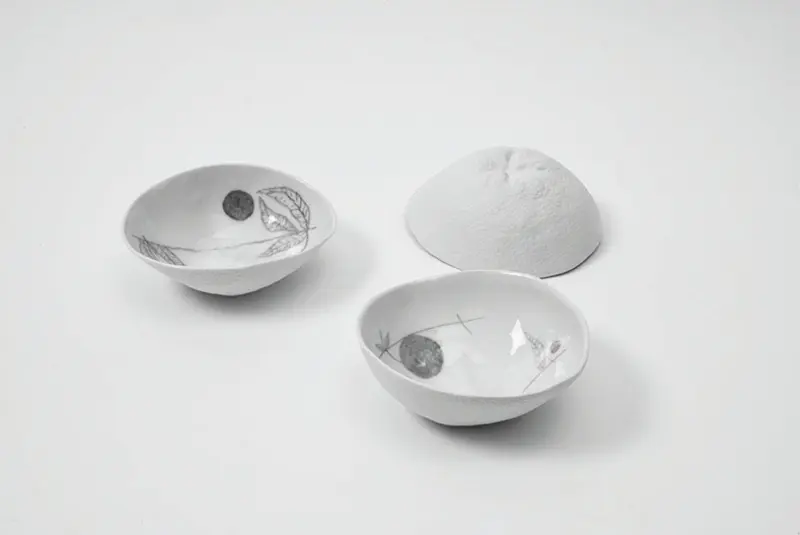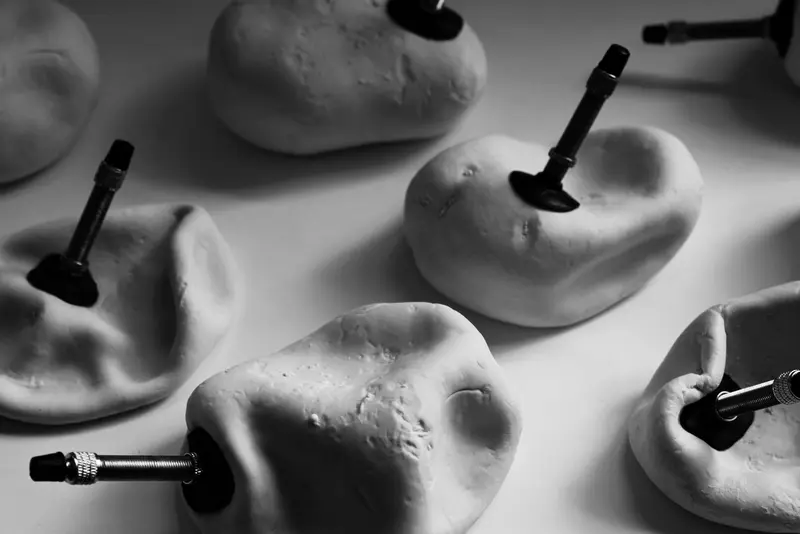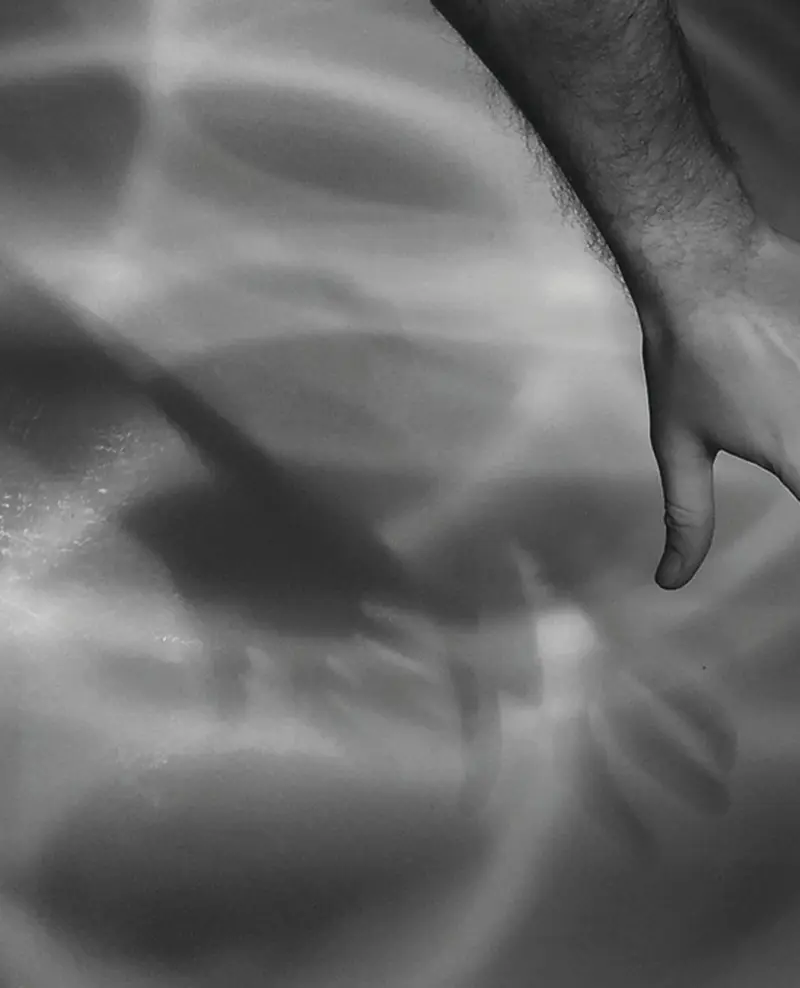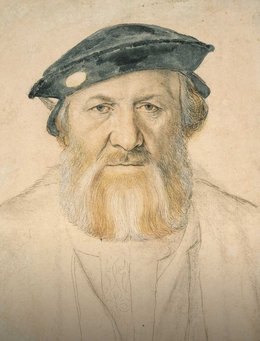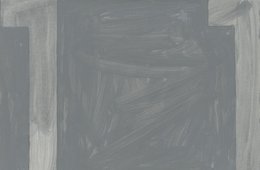[Translate to English:] table talks
In the Baroque era, festive dinner tables were decorated with particular centrepieces, so-called “conversation pieces”. Such a “conversation piece” was by no means purely decorative. According to the definition of the Cambridge English Dictionary it was “an unusual object that causes people to start talking”. What qualities must objects have to get people to start talking at the table?
A meal is not only about the intake of food. Rather, it is associated with a complex network of perceptions of the senses, with social interactions, and not least with communication. When we eat together, we get to know each other, establish social relationships and orders and negotiate everyday issues and big topics. The table is a place where cultures with their different customs, rituals and taboos can meet and interact. What could be the qualities of an object that is part of such a meal but is also more than just a vessel to contain food?
The results of the project, ranging from functional objects over experiments with the materials to installations, are now displayed as part of a spatial installation in two historic rooms at the Kunstgewerbemuseum in Schloss Pillnitz. They are showcased in a way that enables them to communicate, both with each other and with the space, creating a dynamic dialogue. Last but not least, they invite the visitors to join the conversation.
